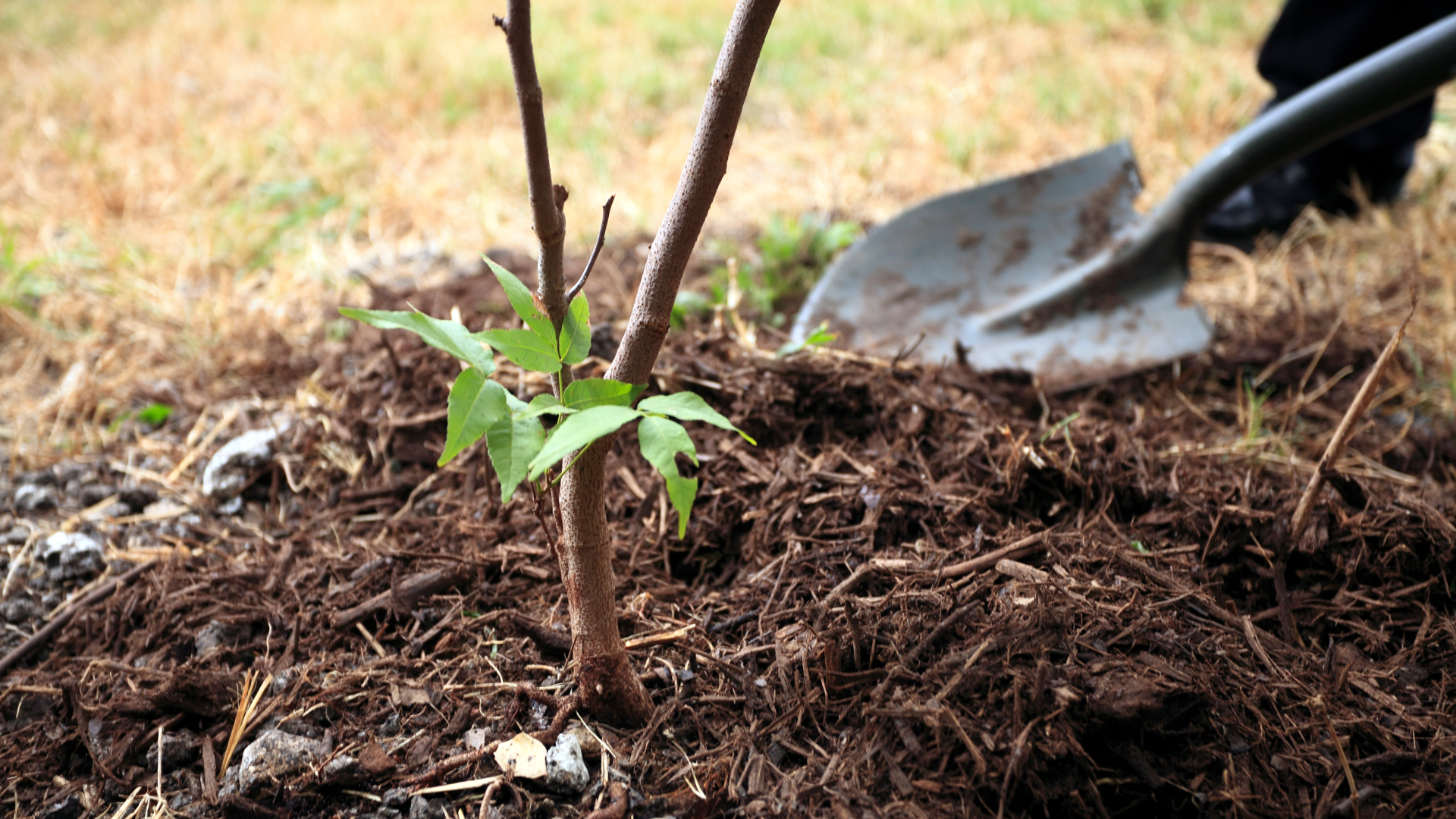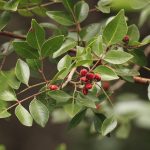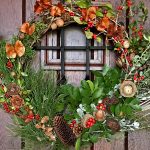In South Central Texas, planting in fall and winter just makes sense. Read on to learn why.
Living in South Central Texas you might scratch your head when you hear that this is the best time for landscape planting. And with potentially freezing temperatures approaching, the very idea may seem to stretch your Farmer’s Almanac expectations.
But in Texas, planting in fall and winter just makes sense. Here’s why.
There are basically only three seasons in San Antonio (as described by horticulturist Mark Peterson): “bearable,” “unbearable” and “intolerable.” Summer months embody the unbearable and the intolerable, depending on available rainfall. But once temperatures cool, we enter the bearable growing seasons of fall, winter and spring.
That’s because in the cool season when daylight hours are shorter and temperatures milder, native and adapted plants can do their heavy lifting. They germinate seeds in fall and concentrate on root growth during winter when blooming and keeping dormant leaves green are less of a burden. Come summer when the heat soars, they have a much stronger chance of survival.
Also, if you’re new to San Antonio you may not realize it yet, but local soils don’t freeze in winter like northern soils do. So, plant roots can grow — albeit at a slower rate — in a somewhat gentler growing season. While Bexar County isn’t traditionally considered part of South Texas’ winter garden region, planting trees, shrubs and some perennials now gives them a great head start.

In recent years, more and more of Texas shares a plant hardiness zone of 9A. Once limited to Houston and the Texas coast, it now firmly encompasses both San Antonio and Austin. Of course, as we learned in 2021 this does not mean we’re immune to freezing temperatures.
As for planting tips, do it now — that’s most important. And remember to follow these simple rules:
- Dig wide (not deep) holes. Aim for a hole size twice the diameter of the container.
- Holes should only be as deep as the root collar — where the trunk flares out to the roots. Check this carefully as plants buried too deeply won’t be as successful. (This rule is especially important for trees and shrubs that tend to sink deeper into the ground as they grow larger.)
- Always use the original soil plus a little compost to backfill the hole.
For more tips on planting perennials and other great ways to keep your landscape thriving in winter and drought, visit GardenStyleSA.com.




